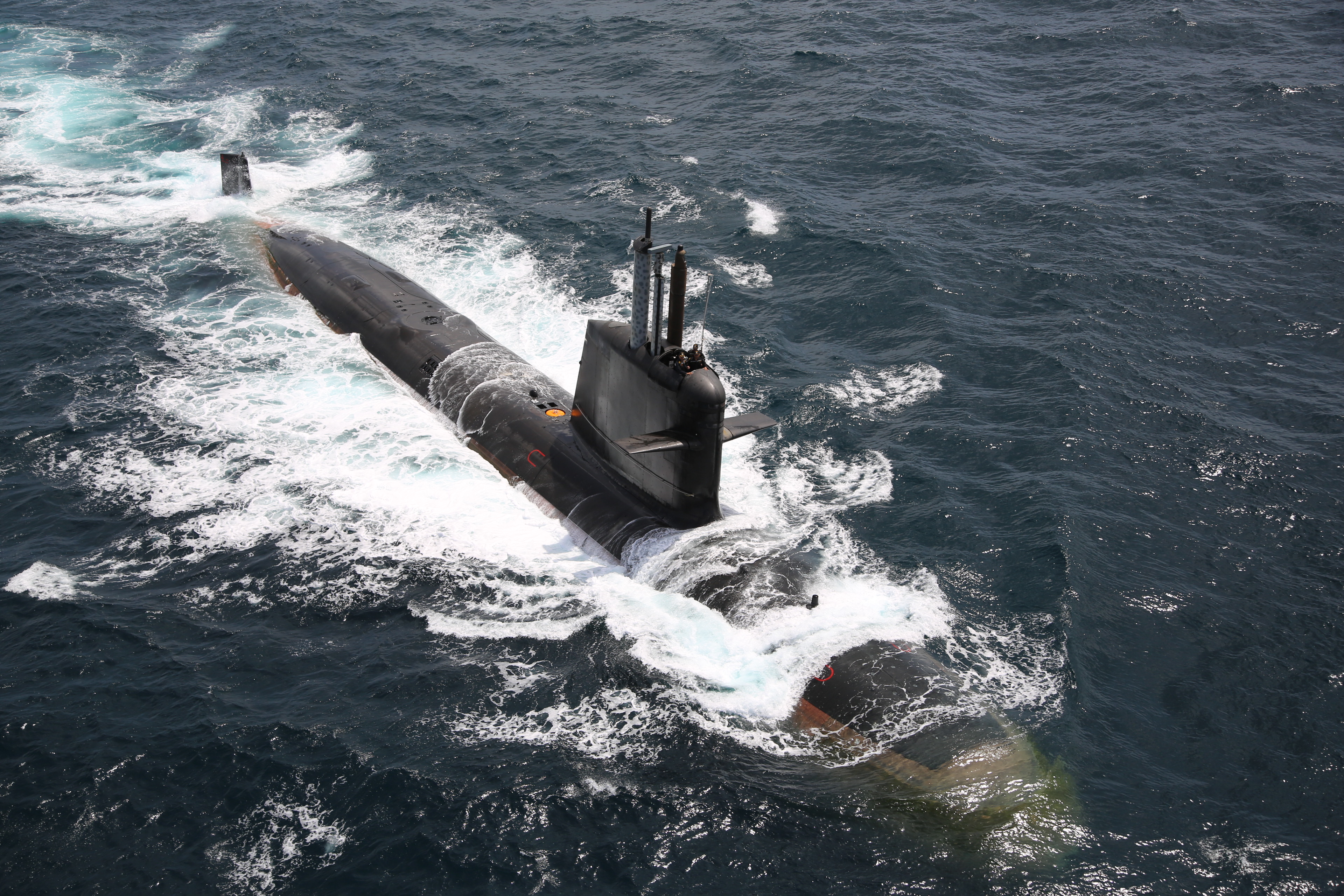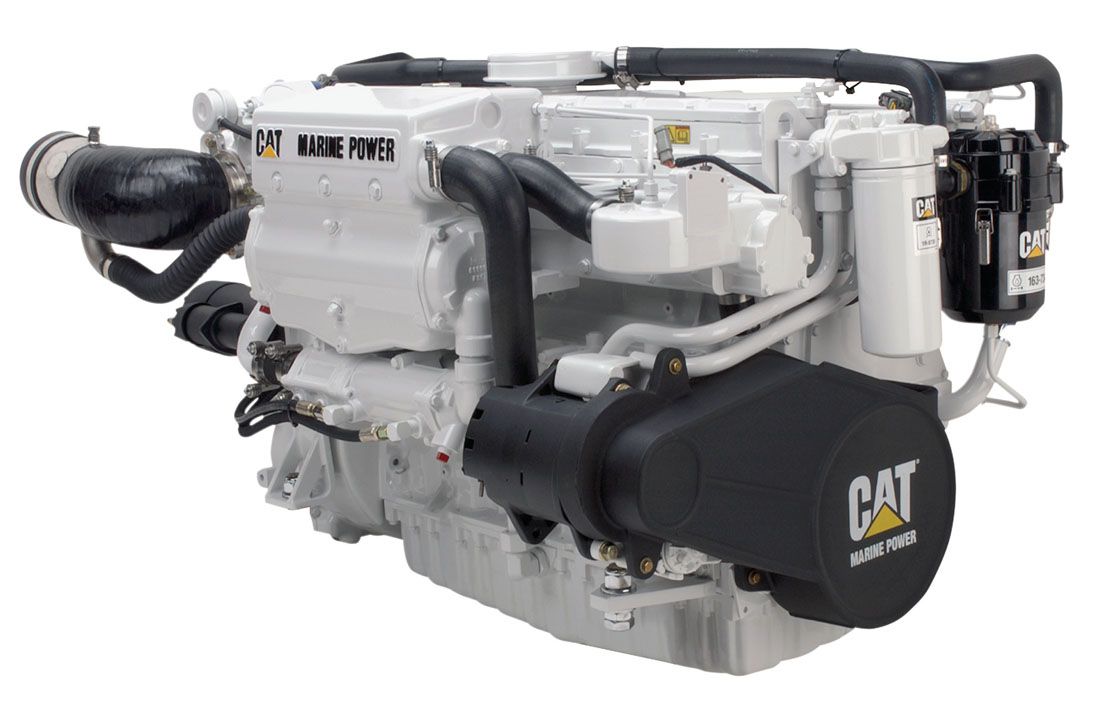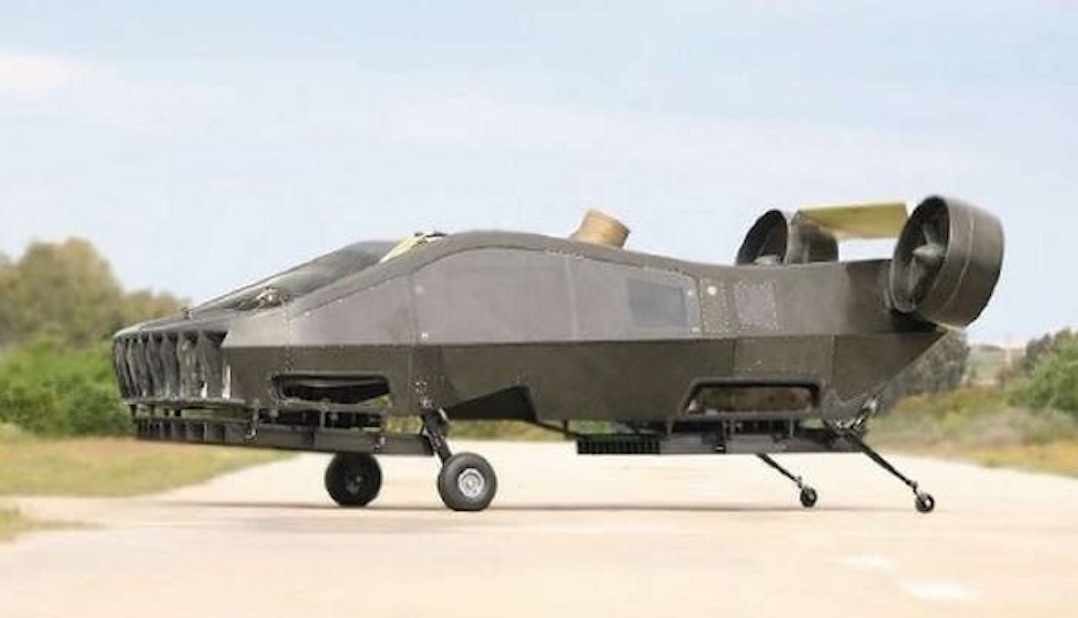SOURCE: IDRW.ORG TEAM


The Indian Air Force (IAF) is set to take a major step towards bolstering its combat capabilities with the planned acquisition of 97 additional LCA-Tejas Mk1A fighter jets. The Rajnath Singh-led defense acquisitions council is expected to grant the ‘acceptance of necessity’ (AoN) for the purchase when they meet on the 30th of this month.
The AoN is a crucial step in the procurement process, signaling the government’s approval for the purchase and paving the way for further negotiations. Once the AoNs are granted, the tendering and commercial negotiations will take place before the three deals are submitted to the Cabinet Committee on Security (CCS) for the final nod.
Continue readingSOURCE: IDRW.ORG TEAM


The Pakistan Air Force (PAF) is strategically investing in the development of long-range air-launched weapons systems to counter the growing deployment of advanced air defense systems by India. In particular, the Harbah NG anti-ship cruising missile (ASCM) and the Taimur air-launched cruise missile (ALCM) are emerging as key components of Pakistan’s defense strategy to maintain a robust deterrent against evolving regional threats.
India’s substantial investment in long-range air defense systems has expanded its capability to monitor the entire airspace of Pakistan, including aircraft take-offs and landings. This poses a significant challenge for Pakistan, given the limited depth of its airspace. To address this, the PAF is strategically focusing on the development and deployment of advanced and long-range air-launched weapons.
Continue readingSOURCE: RAUNAK KUNDE / NEWS BEAT / IDRW.ORG


The Indian Air Force (IAF) is looking to develop a low-cost cruise missile (LCCM) that can be launched from fighter jets, MALE/HALE Class UAVS, and even attack helicopters. The missile is expected to have a range of 100-150 kilometres and will be used to take out low-priority targets.
The IAF is studying the Russian-Ukraine war, where precision-guided munitions (PGMs) and subsonic cruise missiles have been used extensively by the Russian Air Force. This has led the IAF to explore the development of a low-cost cruise missile that can be used to strike targets at a standoff distance.
Continue readingSOURCE: RAUNAK KUNDE / NEWS BEAT / IDRW.ORG


Mazagon Dock Shipbuilders Limited (MDL) has confirmed that the first of the Project-17 Alpha stealth frigates, INS Nilgiri, will be delivered to the Indian Navy sometime next year. The remaining three ships in the series will be delivered once per year, with the final delivery expected in 2026.
The Project-17A frigates are among the most advanced warships currently under construction in India. They are designed to provide the Indian Navy with a potent platform for anti-submarine, anti-air, and anti-surface warfare. The frigates are equipped with improved stealth features, advanced weapons and sensors, and modern platform management systems.
Continue readingSOURCE: RAUNAK KUNDE / NEWS BEAT / IDRW.ORG


In a significant development, Colonel Vikram, Vice President of Solar Group Economic Explosives Limited, has confirmed the successful development of a cutting-edge 125 kg pre-fragmented bomb tailored for the Indian Air Force (IAF).
This munition, crafted according to NATO specifications, marks a notable advancement in the military capabilities of the Indian armed forces.
Continue reading

After confirming the development and maiden trial of the submarine-launched Cruise missile (SLCM) with a range of 402 earlier this year, DRDO is advancing its work on the development of a Air launched Cruise Missile (ALCM) based Variant that can be launched from Fighter jets.
The 1-ton ALCM will come minus its Solid Booster and will need to be ejected from the Pylon It will reduce weight by 300kg making it efficient to be used on any fighter type that IAF desires. DRDO already developed Two more Variant Land Attack Cruise Missile (LACM) and Anti-Ship Cruise Missile (ASCM) that are based on the SLCM. ALCM will feature slightly different airframes that are optimised for Air Launched.
Continue readingSOURCE: IDRW.ORG TEAM


Mazagon Dock Shipbuilders Limited (MDL) is intensifying efforts to significantly increase the indigenization content of the Kalvari class submarines, aiming to elevate it from the current 32% to an impressive 60%. Sanjeev Singhal, the Director of Finance at MDL, confirmed this ambitious plan, highlighting the progress made in indigenizing critical components and expressing the commitment to enhance India’s self-reliance in submarine construction.
MDL has undertaken a comprehensive initiative to indigenize key components of the Kalvari class submarines, a crucial step towards reducing dependency on foreign imports. Singhal revealed that out of the Major 165 equipment, 30 have already undergone successful indigenization processes. The ongoing efforts encompass a broad spectrum of components, including combat systems, integrated combat systems, attack periscope, search optronics mast, sonar and navigation equipment, communication equipment, and the essential HP air compressor.
Continue readingSOURCE: RAUNAK KUNDE / NEWS BEAT / IDRW.ORG


Hindustan Aeronautics Limited (HAL) has received a tender for the procurement of 12 Su-30MKI fighters, which will be manufactured in India by HAL in partnership with the Russian original equipment manufacturers. The 12 Su-30MKI fighters will be procured as CKD kits from Russia, with only the fuselages being manufactured in India. HAL plans to equip these fighters with the “Super 30” upgrade package, which will see major changes to the aircraft internals, including 51 major changes in the equipment and components.
The “Super 30” upgrade package will include new mission computers, a Uttam AESA radar, and full upgrades to the cockpit instrumentation, including touch-based LCD screens. The Indian Air Force (IAF) and the Ministry of Defence (MOD) have already cleared the upgrade of 84 older Su-30MKI fighters with the “Super 30” upgrade package in the first phase of upgrades.
Continue readingSOURCE: RAUNAK KUNDE / NEWS BEAT / IDRW.ORG


India is planning to develop an Underwater Test and Tracking Range (TTR) to test its torpedoes and other underwater weapons. The proposed TTR will consist of both onshore and offshore facilities and will be located on the eastern coast of India.
The TTR will be used to test a variety of torpedoes, including heavyweight torpedoes and those with thermal navigation systems. It will also be used to test other underwater weapons, such as mines and underwater drones.
Continue readingSOURCE: RAUNAK KUNDE / NEWS BEAT / IDRW.ORG


Economic Explosives Limited (EEL), a subsidiary of Solar Industries India Ltd., has successfully established production of the Multi-Mode Hand Grenade (MMHG) as per Transfer of Technology (ToT) obtained from the Defence Research and Development Organisation’s (DRDO) Terminal Ballistics Research Laboratory (TBRL). The company has already delivered over 10 lakh units of MMHG to the Indian Army, fulfilling its order.
EEL has also received clearance from the Ministry of Defense (MoD) for the export of MMHG and is currently in discussions with several countries that have expressed interest in the Indian-made grenade. The MMHG is a replacement for the vintage Hand Grenade M 36 and offers several advantages to soldiers in terms of safety, dual-mode capability, and lethality.
Continue reading

The Gas Turbine Research Establishment (GTRE) of India is gearing up for a renewed effort in the development of a thrust vectoring nozzle (TVN) after facing setbacks in its previous attempts. Thrust vectoring technology holds immense significance in enhancing the maneuverability and performance of fighter aircraft, making it a crucial aspect of aero-engine applications.
In the late 1990s, GTRE initiated discussions with U.S. engine manufacturer Pratt & Whitney for the development of a thrust vectoring nozzle. However, these talks did not progress further due to the imposition of sanctions on India following its nuclear tests. Subsequently, in 2015, GTRE entered into a memorandum of understanding (MoU) with Russian JSC Rosoboronexport/JSC Klimov for joint development of a Multi-Axis Thrust Vectoring Nozzle. Despite these efforts, the challenges persisted.
Continue readingSOURCE: IDRW.ORG TEAM


In a strategic last-minute move, the American company Cummins has played a crucial role in powering India’s upcoming indigenous Zorawar light tank prototype. The Ministry of Defence (MoD) in India approached Cummins to supply a 1000Hp engine for the tank, and the company swiftly responded, showcasing its commitment to supporting India’s defense capabilities. This development comes as a response to the Indian Army’s demand for 350 Light Tanks, pending successful completion of the Zorawar prototype’s Summer and Winter Trials.
Originally, the German company MTU was the first choice to provide engines for the Zorawar light tank program. MTU, renowned for supplying engines for India’s Arjun Main Battle Tanks (MBT), was well-positioned to contribute to this new endeavor. However, due to bureaucratic hurdles in securing BAFA clearance from the German Government, Cummins stepped in to fill the gap.
Continue readingSOURCE: RAUNAK KUNDE / NEWS BEAT / IDRW.ORG


CAT Marine, a subsidiary of Caterpillar Marine, has announced that it is offering its medium-speed and high-performance engines tailored exclusively for the Indian Navy and Coast Guard. The company says that its engines are well-positioned to meet the Indian Navy’s specifications, ranging from 3 MW to 10 MW in power.
According to CAT Marine, its engines strike a balance between power and efficiency, making them versatile enough to meet the requirements of different vessel types and missions. The company also says that its engines are adaptable and reliable in various operational scenarios, making them a perfect fit for the Navy’s diverse needs.
Continue readingSOURCE: RAUNAK KUNDE / NEWS BEAT / IDRW.ORG


In a significant development, the Indian Army has approached the Madras Institute of Technology (MIT) in Chennai to develop drones capable of carrying injured or sick personnel from forward stations to base camps. This innovative approach is expected to revolutionize medical evacuation procedures, particularly in challenging and remote areas.
The Army’s request to MIT Chennai stems from the need for a more efficient and rapid evacuation system for injured soldiers. Traditional methods of evacuation, such as helicopters, are often limited by terrain and weather conditions, making it difficult to reach wounded personnel in remote areas.
Continue readingSOURCE: RAUNAK KUNDE / NEWS BEAT / IDRW.ORG


India has issued a notification for a no-fly zone over the Bay of Bengal, indicating a possible missile test. The no-fly zone will be in effect from December 6 to 7, 2023.
The no-fly zone is located approximately 990 kilometres off the coast of Odisha, India. The Indian Navy has advised all ships and aircraft to avoid the area during the no-fly zone.
Continue reading